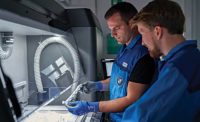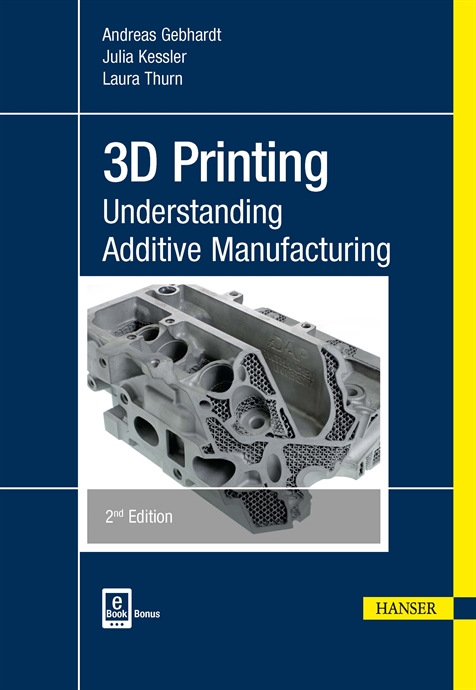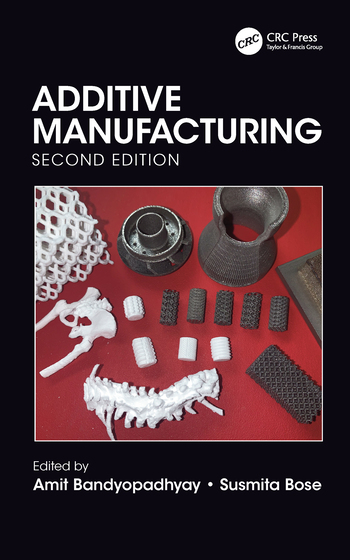ANN ARBOR, MI—Engineers at the University of Michigan have developed a new light-based additive manufacturing process that is up to 100 times faster than conventional 3D printing techniques. Rather than building up plastic filaments layer by layer, the new technique lifts complex shapes from a vat of liquid.
Their process solidifies liquid resin using two lights to control where the resin hardens and where it stays fluid. This enables the engineers to solidify the resin in more sophisticated patterns. For instance, they can make a 3D bas-relief in a single shot rather than in a series of 1D lines or 2D cross sections.
“This could change the game for relatively small manufacturing jobs, producing fewer than 10,000 identical items, because it would mean that the objects could be made without the need for a mold costing upwards of $10,000,” says Timothy Scott, associate professor of chemical engineering.
“But, the most familiar form of 3D printing, which is sort of like building 3D objects with a series of 1D lines, hasn’t been able to fill that gap on typical production timescales of a week or two,” notes Scott. “Using conventional approaches, that’s not really attainable unless you have hundreds of machines.
“By creating a relatively large region where no solidification occurs, thicker resins—potentially with strengthening powder additives—can be used to produce more durable objects,” Scott points out. “The method also bests the structural integrity of filament 3D printing, as those objects have weak points at the interfaces between layers. You can get much tougher, much more wear-resistant materials.”
An earlier solution to the solidification-on-window problem was a window that lets oxygen through. The oxygen penetrates into the resin and halts the solidification near the window, leaving a film of fluid that will allow the newly printed surface to be pulled away.
However, because this gap is only about as thick as a piece of transparent tape, the resin must be very runny to flow fast enough into the tiny gap between the newly solidified object and the window as the part is pulled up. This has limited vat printing to small, customized products that will be treated relatively gently, such as dental devices and shoe insoles.
“By replacing the oxygen with a second light to halt solidification, [we] can produce a much larger gap between the object and the window—millimeters thick—allowing resin to flow in thousands of times faster,” claims Scott, who is preparing to launch a startup company to commercialize the technology.
“The key to success is the chemistry of the resin,” adds Scott. “In conventional systems, there is only one reaction. A photoactivator hardens the resin wherever light shines. In [our] system, there is also a photoinhibitor, which responds to a different wavelength of light.
“Rather than merely controlling solidification in a 2D plane, as current vat-printing techniques do, [we] can pattern the two kinds of light to harden the resin at essentially any 3D place near the illumination window,” says Scott.






